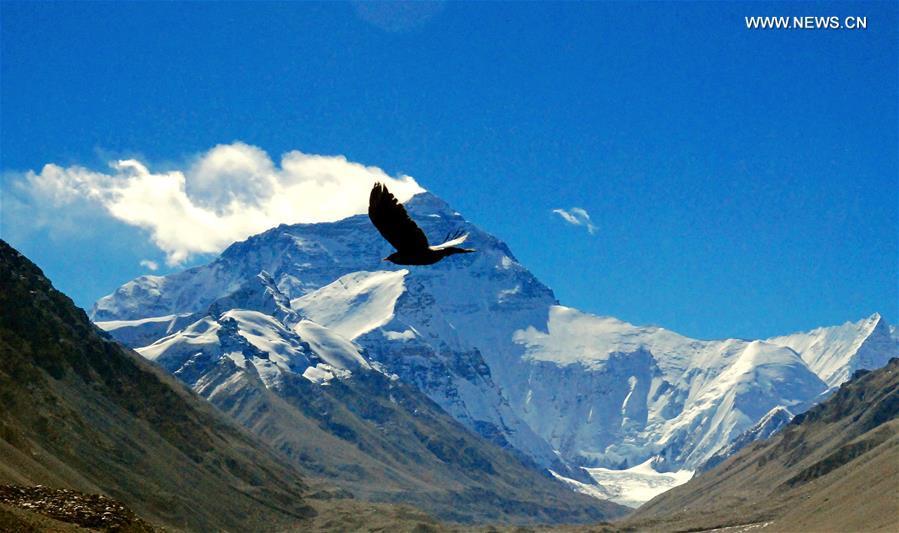New national parks in Tibet to benefit nature, tourism
China Daily,March 12, 2019 Adjust font size:

China plans to build five national parks in the Tibet autonomous region that collectively have been named after the high-altitude region's nickname: the Earth's third pole.
The Third Pole National Parks are to be part of the nation's growing effort to protect the environment while improving locals' livelihoods by boosting ecotourism on the Qinghai-Tibet Plateau.
The five locations encompass areas around Qomolangma, Bome and Medog counties, the Zanda Earth Forest in western Tibet, the Changtang Plateau and Serling Tso, which is Tibet's largest lake, according to Yao Tandong, honorary director of the Qinghai-Tibet Plateau Institute of the Chinese Academy of Sciences, who spoke with China Daily in an exclusive interview.
This year, park construction will start around the Gangdise mountain range in western Tibet, Serling Tso in southwestern Tibet and around Bome county in the southeastern Tibet city of Nyingchi, said Qi Zhala, chairman of the Tibet regional government.
In March, the National Forestry and Grassland Administration said it will prioritize the creation of pilot national park programs for Qomolangma, known as Mount Everest in the West, and for Changtang Plateau, a natural habitat for rare animals including Tibetan antelopes, wild yaks and black-necked cranes.
"The core purpose of building these national parks is to conserve and protect nature, not for tourism," Qi Zhala said. Yao added that plans for the national parks are in a preparatory phase, so most details are still in the works.
Scientists have a little more information for the national park in Serling Tso, saying it will likely cover around 38,200 square kilometers, home to 20,000 to 30,000 people, according to results from China's second scientific expedition to the Qinghai-Tibet Plateau, published last year.
The park is also expected to increase locals' earnings by four to five times, research found. "The Third Pole National Parks will have an exemplary effect on other Chinese national parks in the future, and facilitate international collaboration with parks from other countries, such as those in Nepal," Yao said.
China established the Dinghushan National Nature Reserve, the country's first natural reserve, in Guangdong province in 1956.
By the end of 2017, China had 2,750 natural reserves run by various levels of government. The number of national-level reserves increased to 474 last year, according to the National Forestry and Grassland Administration.
China began experimenting with national parks in 2014 with the launch of 10 pilot parks across the country from Qinghai to Zhejiang province.
The forestry and grassland authority defines national parks as those approved and managed by the State. Typically they are much larger than natural reserves and cover a wide range of biomes, landscapes and at times historical artifacts, like the Great Wall.
National parks are representations of a country's most iconic natural and cultural heritages, as well as habitats for wildlife species, said Zhou Zhonghe, a researcher at the Institute of Vertebrate Paleontology and Paleoanthropology.